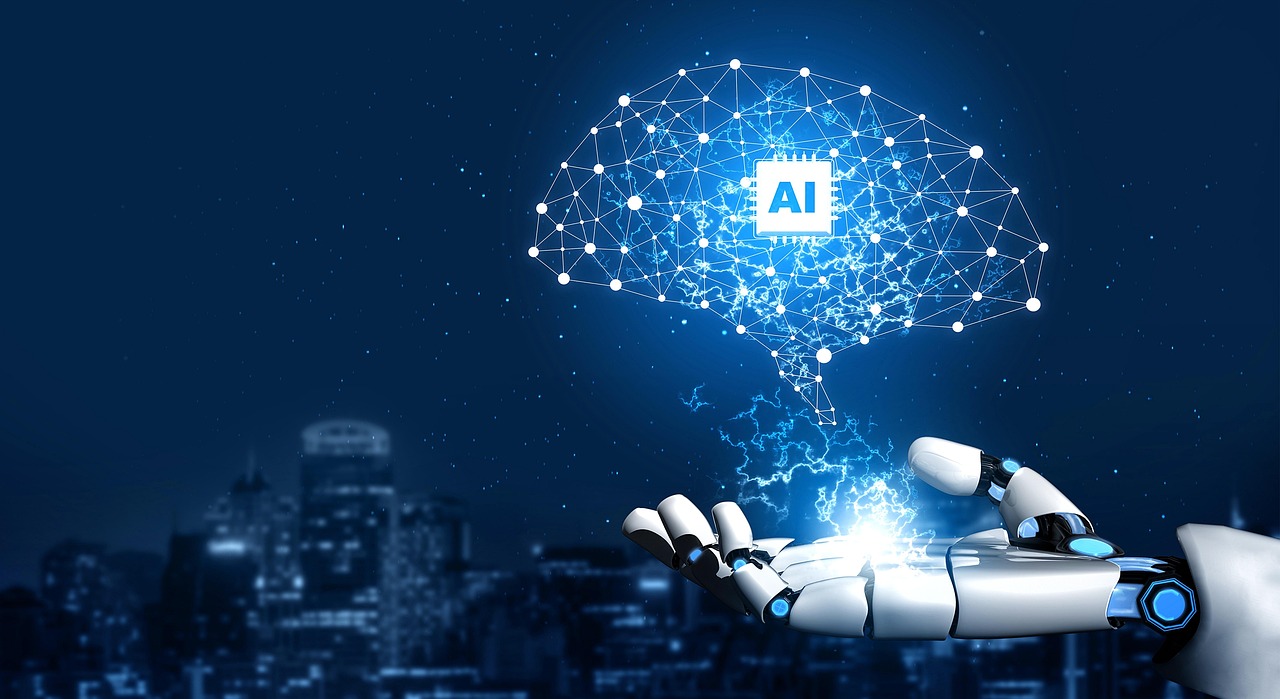Have you ever wondered how Google uses artificial intelligence (AI) to power its products and services? From personalized search results to voice assistants, Google AI is the driving force behind many innovations that shape our daily digital experiences. But what exactly is Google AI, and how does it work? This guide provides a complete overview of Google AI, its key technologies, real-world applications, and its impact on the future. Let’s dive in!
What Is Google AI?
Google AI refers to the suite of artificial intelligence technologies and research developed by Google. It’s designed to:
- Solve complex problems.
- Automate repetitive tasks.
- Enhance decision-making across industries.
Google AI powers some of the most popular features we rely on daily, such as Google Search, Google Translate, and Google Maps. At its core, Google AI aims to make technology more intuitive, efficient, and accessible for users worldwide.
Why Is Google AI Important?
You may be asking, “Why does Google AI matter?” Here’s why:
1. Enhanced User Experience
Google AI drives features like personalized search results, voice recognition, and smart replies, making technology more seamless and efficient.
2. Innovation Across Industries
From healthcare to transportation, Google AI pushes boundaries, solving real-world problems and improving productivity.
3. Increased Accessibility
Tools like Google Translate and Live Caption break down communication barriers, making technology more inclusive and accessible to diverse audiences.
4. Smarter Decisions
Google AI processes massive datasets to provide actionable insights for businesses and individuals.
5. Future-Proofing Technology
Google’s continued investment in AI ensures it remains a leader in innovation, shaping the technologies of tomorrow.
Key Technologies Behind Google AI
Google AI relies on cutting-edge technologies that power its various applications. Here are the most important ones:
1. Machine Learning (ML)
ML is the foundation of Google AI. It trains algorithms to learn from data and make predictions or decisions without explicit programming.
Applications:
- Google Search: ML algorithms rank results based on relevance and user behavior.
- Google Photos: ML powers object recognition and automatic tagging.
2. Natural Language Processing (NLP)
NLP helps machines understand, interpret, and generate human language.
Applications:
- Google Translate: Provides real-time translations.
- Google Assistant: Responds to voice commands and user queries.
3. Computer Vision
This technology enables machines to process and analyze visual information.
Applications:
- Google Lens: Identifies objects, text, and landmarks through your phone’s camera.
- YouTube: Uses AI to moderate and detect inappropriate content.
4. Deep Learning
A subset of machine learning, deep learning uses neural networks to identify patterns in data.
Applications:
- AlphaGo: An AI system that defeated human champions in the game of Go.
- Speech Recognition: Powers accurate voice-to-text and smart assistants.
5. TensorFlow
TensorFlow is Google’s open-source machine learning framework that enables developers to build and deploy AI models efficiently.
Applications of Google AI
Google AI enhances many of the tools and platforms we use every day. Here are some standout applications:
- Google Search: AI improves search accuracy by understanding user intent and context.
- Google Maps: Predicts traffic, suggests routes, and identifies local businesses.
- Google Assistant: Acts as a virtual assistant to answer questions, control smart devices, and perform tasks.
- Google Photos: Automatically organizes, tags, and enhances images.
- Google Translate: Delivers real-time text, speech, and image translations.
- Google Ads: Uses AI to optimize targeting and improve campaign performance.
Challenges and Ethical Considerations
While Google AI delivers tremendous value, it also presents ethical and practical challenges:
1. Bias in AI
AI systems can inherit biases from their training data, leading to unfair or inaccurate outcomes.
2. Privacy Concerns
AI relies on large amounts of user data, raising concerns about how that data is collected, stored, and used.
3. Transparency Issues
Understanding how AI makes decisions can be difficult, leading to potential mistrust.
4. Job Displacement
As automation advances, certain industries and job roles may be impacted.
Google addresses these challenges through initiatives like responsible AI practices, transparency reports, and collaborations with policymakers and researchers.
How You Can Get Started with Google AI
Interested in leveraging Google AI for your projects? Here’s how you can start:
- Explore TensorFlow: Use Google’s open-source framework to create AI models.
- Try Google Cloud AI: Access pre-trained models for vision, language, and data analysis.
- Experiment with AI Tools: Explore interactive projects through Google AI Experiments.
- Learn with Google AI: Access free courses, tutorials, and resources to build your AI expertise.
Why Google AI Matters for the Future
Google AI isn’t just about improving technology today—it’s shaping the future. From AI-driven healthcare diagnostics to sustainable climate solutions, Google AI tackles some of the world’s most pressing challenges. Its ability to innovate across industries and enhance human capabilities positions it as a leader in the evolution of technology.
Conclusion: What Is Google AI?
Google AI is a powerful suite of technologies and tools designed to enhance user experiences, solve complex problems, and drive innovation across industries. Combining machine learning, natural language processing, computer vision, and deep learning, Google AI is transforming the way we interact with technology.
Ready to explore Google AI? Start experimenting with TensorFlow, dive into Google Cloud AI tools, or simply try out AI-powered features in Google’s products. Have questions or insights to share? Drop a comment below—we’d love to hear from you!

